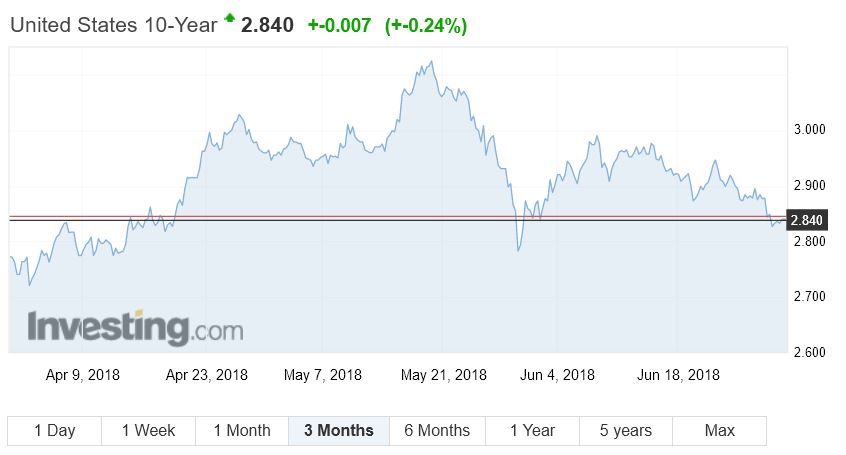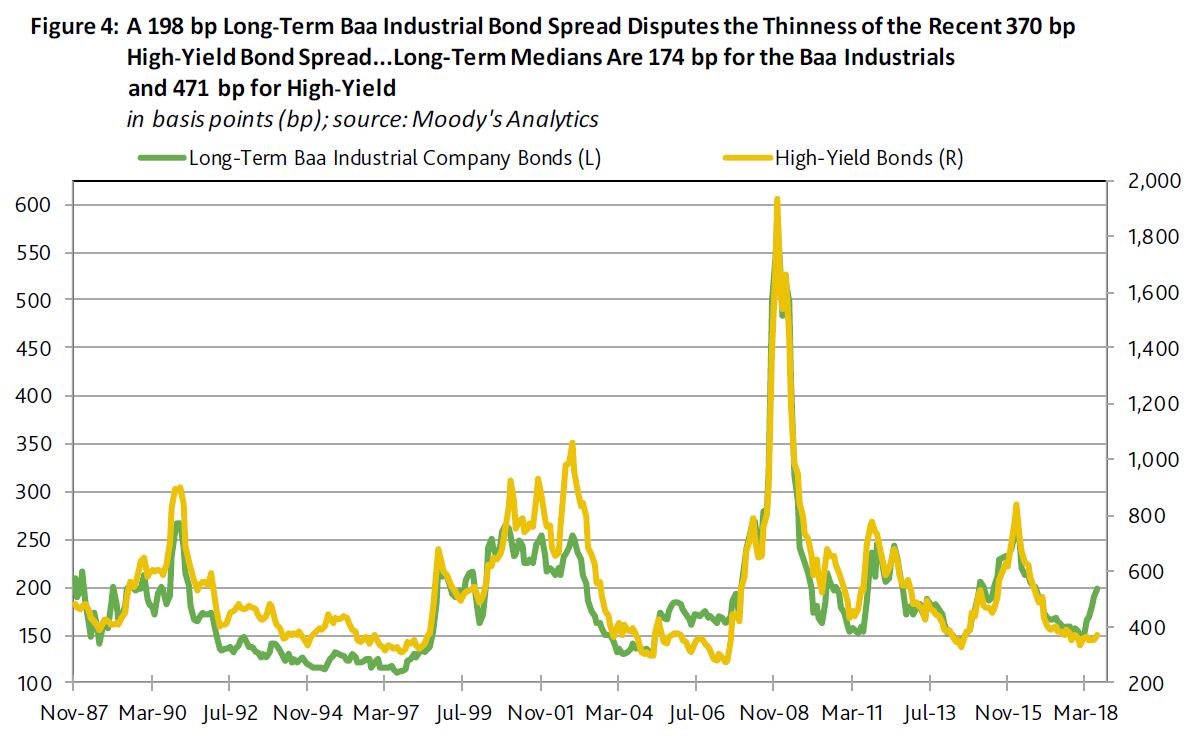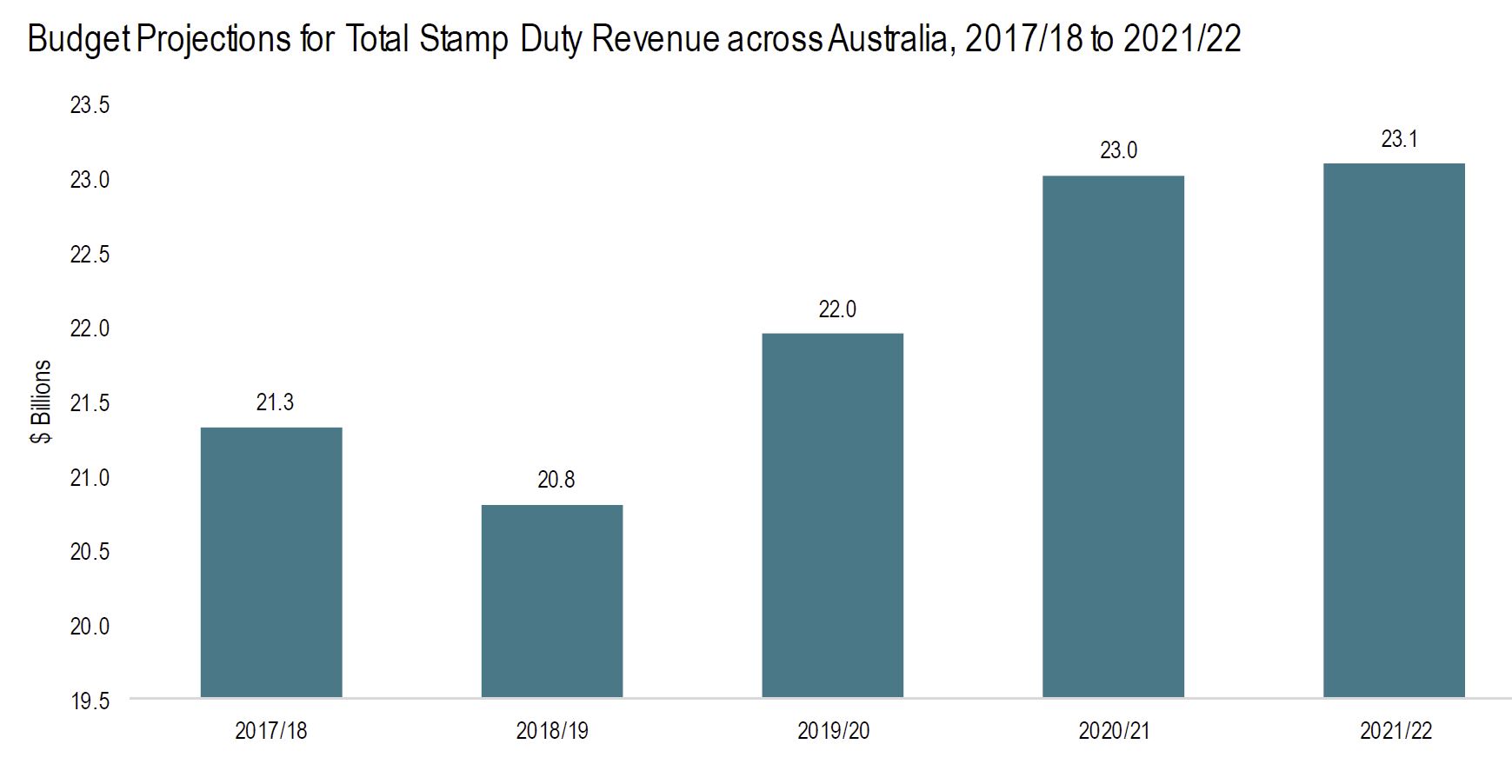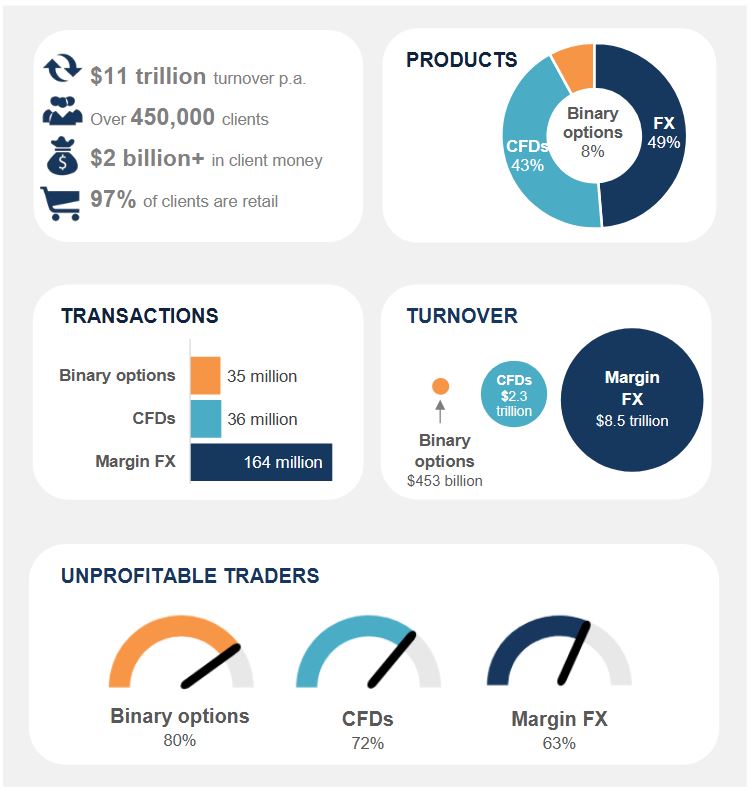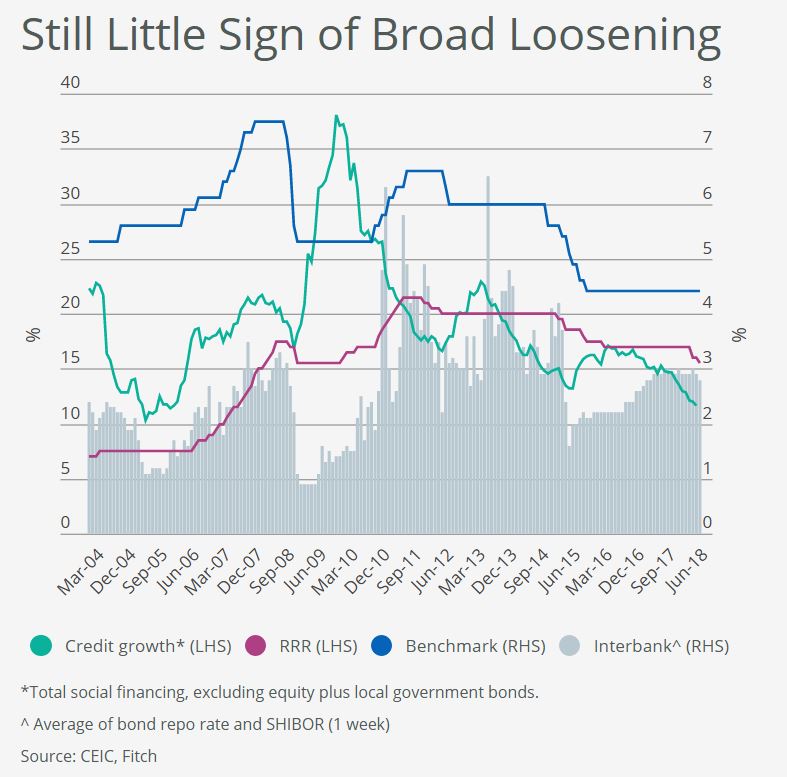Many Self Managed Super Funds (SMSF) trustees may not have received “best interest” advice with regards to their fund. This despite the considerable growth in the SMSF sector, which is driven, according to our research, by holders wanting to avoid retail fund fees, and greater control of their finances.
Around 90% of financial advice on setting up a self-managed super fund (SMSF) did not comply with relevant laws, a review by the Australian Securities and Investments Commission (ASIC) has found.
ASIC has released Report 575 SMSFs: Improving the quality of advice and member experiences and Report 576 Member experiences with self-managed superannuation funds.
ASIC reviewed 250 client files randomly selected based on Australian Taxation Office (ATO) data and assessed compliance with the Corporations Act’s ‘best interests’ duty and related obligations.
In 91% of files reviewed the adviser did not comply with Corporations Act’s ‘best interests’ duty and related obligations. The non-compliant advice ranged from record-keeping and process failures to failures likely to result in significant financial detriment. This included:
- In 10% of files reviewed, the client was likely to be significantly worse off in retirement due to the advice;
- In 19% of cases, clients were at an increased risk of financial detriment due to a lack of diversification.
ASIC Deputy Chair Peter Kell said the standard of advice on SMSFs must improve. ‘A healthy and robust SMSF sector is an important part of our super system. However, it is clear lots of people are setting up self-managed super funds without knowing whether this is the best option. The financial advice sector has significant work to do to lift their performance on this issue.’
ASIC will be taking follow up regulatory action, in particular where consumers have suffered detriment.
ASIC also conducted market research which included interviews with 28 consumers who had set up an SMSF and an online survey of 457 consumers who had set up an SMSF. Through this work we found a lot of people do not understand fully the risks of SMSFs, or their legal obligations as trustees.
In the online survey:
- 38% of respondents found running an SMSF more time consuming than expected;
- 32% found it to more expensive than expected;
- 33% did not know the law required an SMSF to have an investment strategy; and
- 29% mistakenly believed that SMSFs had the same level of protection as prudentially regulated superannuation funds in the event of fraud.
Mr Kell said, ‘Decisions about super are some of the most important a person can make. However, ASIC found there is a lack of basic knowledge of the legal obligations in setting up or running an SMSF. It is also concerning many people with an SMSF have not understood the importance of diversification, which puts their financial future at risk.’
ASIC also found some people had moved to SMSFs as a way to get into the property market, and were using it solely for this purpose without a wider investment strategy.
The interviews also identified a growing use of ‘one-stop-shops’ where the adviser has a relationship with a developer or a real estate agent whose products the person is encouraged to invest in. This put people at increased risk of getting poor advice that did not take account of their personal circumstances or is not given in their best interests.
ASIC’s findings are supported by the recent Productivity Commission super report which found smaller SMSFs (with balances under $1 million) delivered on average returns below larger funds, and that the costs for low-balance SMSFs are higher than for funds regulated by the Australian Prudential Regulation Authority (APRA).
ASIC’s SMSF report will inform its surveillance and regulatory work into the SMSF sector. ASIC will take enforcement action as appropriate, including ensuring licensees with non-compliant advisers undertake client review and remediation.
More broadly, ASIC and the ATO will have an increased focus on property one-stop-shops. This will include sharing data and intelligence, and ASIC taking enforcement action where it sees unscrupulous behaviour.






